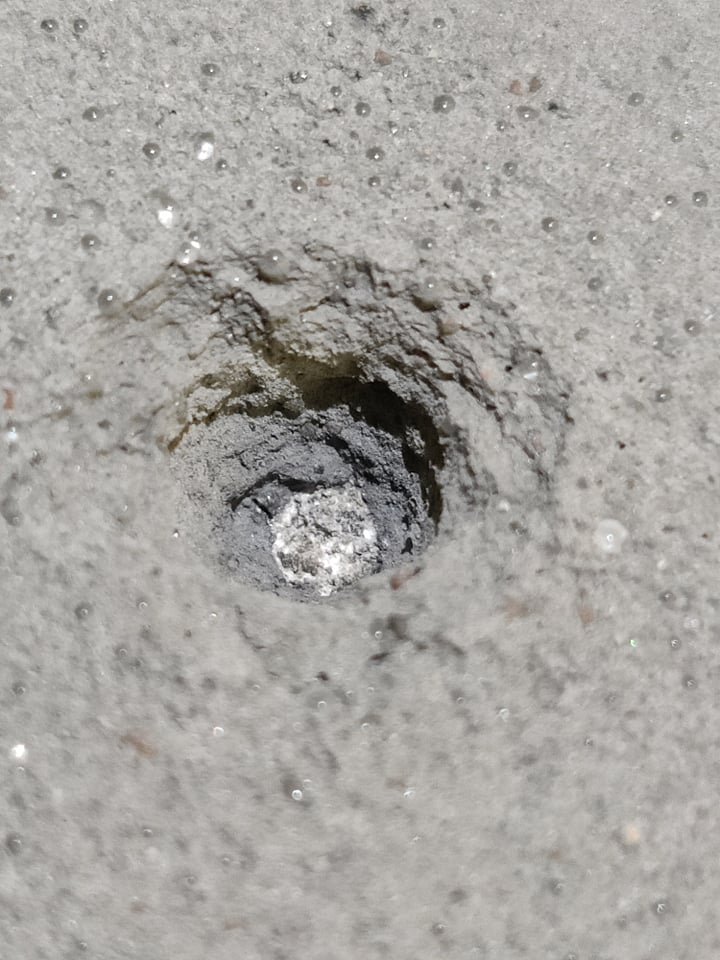- 1Observatoire de la Cote d'Azur, Laboratoire Lagrange, Nice, France (chrysa.avdellidou@oca.eu)
- 2Centre for Astrophysics and Planetary Science, School of Physical Sciences, University of Kent, Canterbury, CT2 7NH, UK
Introduction:
In our solar system, material mixing at large scales has been occurred due to the transportation of bodies at different heliocentric distances from the ones they were formed during major dynamical events, such as the giant planet instability. However, material mixing happens also at smaller scales at the surfaces of planets or small bodies during hypervelocity collisions, with the latter population acting as impactors. Since the small bodies in our solar system were formed in different locations and times they have diverse mineralogical composition which is reflected in their albedo values and in their spectral signature.
The most outstanding discovery of exogenous material was done by the OSIRIS-REx (NASA) and Hayabusa2 (JAXA) sample return space missions on the surfaces of the dark primitive near-Earth asteroids (NEA) Bennu and Ryugu respectively. The impact contamination should have happened while both asteroids were still residing in the inner Main Belt (IMB) before they were delivered to the near-Earth space. This is because of the large number of potential projectiles available and the time that Bennu and Ruygu spent in the IMB. OSIRIS-REx identified bright boulders with pyroxene composition compatible with the spectrum of the V-type asteroid Vesta [1]. Unlike with the contamination on asteroid Ryugu [2], the bright boulders of Bennu point to a unique impactor source, the family of Vesta in the IMB.
Methods and Results:
In order to study the impact contamination on Bennu’s parent body, we performed hypervelocity impact experiments at different speeds. As targets we used CM2 simulant rocks. Following the latest discoveries of the surface properties of asteroid Bennu [3] the new Bennu simulant targets were built with ~50% porosity, advancing from our pioneering work [4]. As impactors we used eucrite meteorite and forsterite olivine projectiles. In this work we demonstrated that eucrite material can be indeed effectively implanted on Bennu-like targets. We will present the experimental campaign using the 2-stage light-gas gun of the University of Kent, the crater analysis, the ejecta production and the material contamination.

Fig 1: Eucrite projectile is embedded at the bottom of the crater on Bennu simulant material.
Acknowledgments: We acknowledge support from the ANR ORIGINS (ANR-18-CE31-13-0014).
References:
[1] DellaGiustina D. et al. 2021, Nature Astronomy, 5, p. 31-38
[2] Tatsumi E. et al. 2021, Nature Astronomy, 5, p. 39-45
[3] Cambioni S. et. al, 2021, Nature, 598, Issue 7879, p.49-52
[4] Avdellidou C. et al. 2020, Icarus, 341, article id. 113648.
How to cite: Avdellidou, C., Spathis, V., Finch, J., and Alesbrook, L.: Impact contamination on Bennu: an experimental investigation., Europlanet Science Congress 2022, Granada, Spain, 18–23 Sep 2022, EPSC2022-439, https://doi.org/10.5194/epsc2022-439, 2022.

